Yellow Foxglove: [Cultivation, Irrigation, Care, Pests and Diseases]
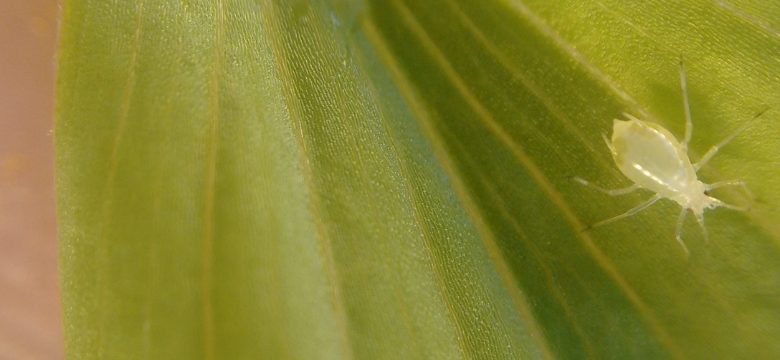
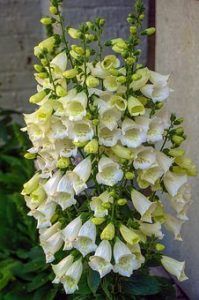 Digitalis lutea is a species native to the mountains of western and southern Europe. It was considered the most beautiful of the wild flowers because it has denser and smaller flower clusters than other species.
Digitalis lutea is a species native to the mountains of western and southern Europe. It was considered the most beautiful of the wild flowers because it has denser and smaller flower clusters than other species.
Yellow foxglove is a plant with highly decorative qualities that blooms during the summer. It is mainly used as an ornamental plant in gardens.
Although it is also occasionally used as a cut flower in flower arrangements. For a long time it was considered a panacea for its healing properties.
However, it has fallen into disuse due to the powerful toxicity of some of its substances. The plants of the genus digitalis have that name because the shape of their flowers is very similar to that of a finger or a sewing thimble.
Important points when planting a yellow foxglove:
- Scientific name: Digitalis lutea.
- Common name: Yellow foxglove, yellow foxglove,
- Height: 80 centimeters.
- Light Need: Full sun and partial shade.
- Temperature: Temperate climate (15ºC and 20ºC).
- Irrigation: Frequent and moderate.
- Fertilizer: Organic fertilizer.
What characteristics does yellow digitalis have?
The yellow foxglove is a perennial or biennial herbaceous plant. Normally it measures between 50 to 80 centimeters, but sometimes it even reaches a meter in height.
It has a very long stem from which sprout narrow, lance-shaped, smooth, velvety, dark green leaves. The size of the leaves progressively decreases from the base to the tip, the latter being the smallest.

Yellow foxglove flowers bloom during the summer. They have a tubular shape, are pale yellow in color and have brown spots inside the corolla. They are grouped in groups of 20 to 50 elements, forming a spike at the upper end of the stem.
When to sow yellow foxglove?
Autumn is the season in which yellow digitalis can be sown outdoors, specifically in the months of September to October; or, throughout the months of May to June. Indoors , it can be sown during the months of March to May.
Where to plant yellow foxglove?
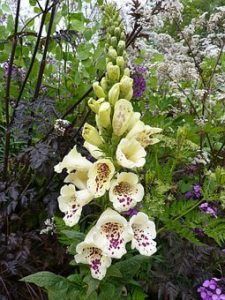 Yellow foxglove can be grown under a wide range of conditions. The ideal place to plant it should be in sunny or partially shaded places, where it can be in sunlight for at least 9 hours throughout the day.
Yellow foxglove can be grown under a wide range of conditions. The ideal place to plant it should be in sunny or partially shaded places, where it can be in sunlight for at least 9 hours throughout the day.
Regarding the climate, this plant is typical of temperate climates, with mild temperatures that range between 15ºC and 20ºC. However, it is a species that can grow below 15ºC, even withstanding frost and snowfall.
This plant is perfect for growing in informal or woodland gardens, in flower beds, as well as in wildflower gardens.
How to prepare the land?
The also known as yellow foxglove grows very well in fertile and well-drained soils, regardless of its type. However, it is recommended to sow it in clayey-sandy soils, with a neutral pH of 7.0 to 7.5.
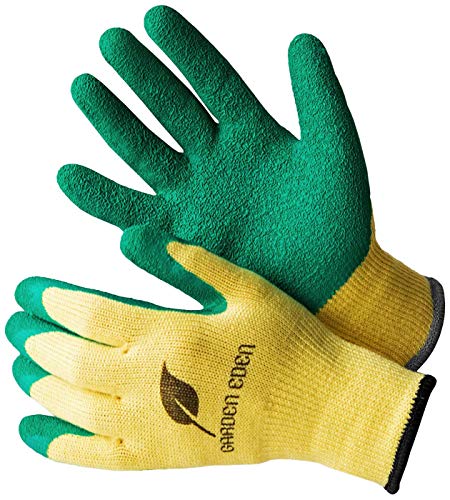
For the soil to be ready, it is necessary to clear the land, weed the area and remove the soil to promote aeration.

Likewise, it will be important to add moisture and organic matter to the substrate, to enrich it, or to pay with organic fertilizers.
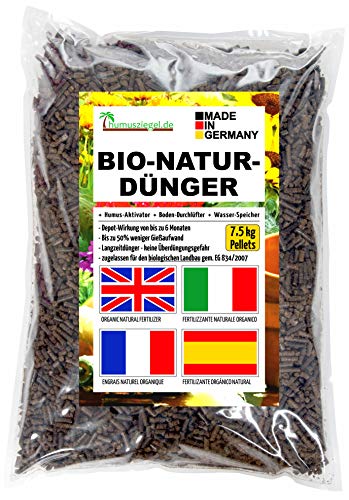
How do we water yellow foxglove?
For the yellow foxglove to develop fully, it will need regular watering to keep the soil moist, preventing it from drying out for long periods of time, or flooding it.
Likewise, it is recommended that the surface dry before supplying the next irrigation. This should be applied directly to the soil, around the plant, to prevent the roots from rotting.
How often do we water yellow digitalis?
The frequency of irrigation will depend on the type of soil, the plant ‘s exposure to the sun, as well as the climatic conditions of the region. However, it is recommended to water daily when the plant is very young and when temperatures are very high.

After yellow foxglove has established, watering frequency should be reduced to every 2-3 days. If conditions are wet, the frequency of watering will need to be further reduced so that the soil does not become waterlogged or saturated.
How to sow a digital yellow step by step?
The yellow foxglove usually reproduces by seed, although it can also be grown by division. However, the steps to plant it by the first option are shared below.
- In a container or seedbed, place the seeds on a substrate with organic fertilizer.
- Lightly cover the seeds, either with the same fertilizer or sand, to a depth equivalent to the size of the seed, as they need sunlight to germinate.
- Place the seedbed in a lighted place, at temperatures between 15ºC and 18ºC and maintain constant humidity. Wait 2 to 4 weeks for the seed to germinate.
- Transplant the seedlings into individual pots and wait for them to grow for 2-3 months.
- When the plants have grown large enough, they can be planted in the garden, under similar conditions.
What care does the yellow digitalis need?
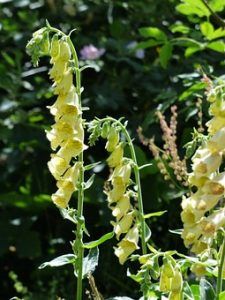 It is a very simple species to cultivate. In fact, it received the Award of Merit in Gardening, awarded by the Royal Horticultural Society because it does not require specialized work to grow.
It is a very simple species to cultivate. In fact, it received the Award of Merit in Gardening, awarded by the Royal Horticultural Society because it does not require specialized work to grow.
It is important to note that the leaves of this plant are extremely toxic if ingested. For that reason, it should be planted in places where children or pets do not have access, or discarded from the garden.
What pests and diseases affect yellow foxglove?
The yellow foxglove is very resistant to pests and diseases. However, it can be slightly affected by powdery mildew, a fungal disease that produces a fine white powder that accumulates on the leaves of the plant.
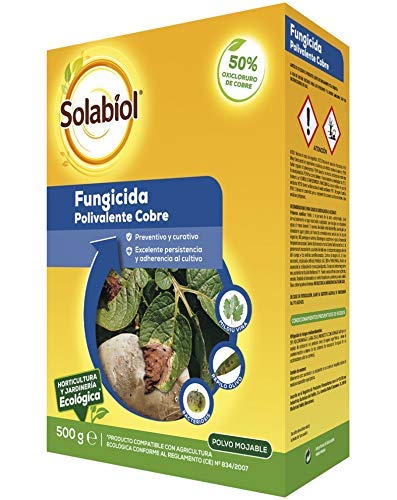
To eliminate it, it is recommended to clean the leaves with a sponge or cloth moistened with water with a pH of 8.0 to 8.2. This measure will remove spores from surfaces and prevent their spread.
It is also important to maintain the correct level of humidity in the substrate, as well as good spacing and air circulation between each crop. This will prevent the attack of this and other diseases.
References
- https://www.ncbi.nlm.nih.gov/pmc/articles/PMC481894/
- http://www.circulomedicorosario.org/Upload/Directos/Revista/4ee41cLinares%20Casas%20La%20Digital.pdf
- https://www.herbmedit.org/flora/FL26_011-018.pdf
- https://accedacris.ulpgc.es/bitstream/10553/6110/5/0514198_00003_0011.pdf
- https://www.seedaholic.com/digitalis-lutea-small-foxglove.html
- https://www.ecured.cu/Digital_amarilla
- https://www.cannaconnection.es/blog/18560-powdery-mildew-what-is-and-how-it-combats-and-prevents

![Photo of Citronella Cuttings: [Concept, Period, Rooting and Planting]](https://www.complete-gardening.com/wp-content/uploads/2022/08/citronella-cuttings-concept-period-rooting-and-planting-390x220.jpg)
![Photo of Vine Diseases: [Characteristics, Types, Detection and Treatment]](https://www.complete-gardening.com/wp-content/uploads/2022/08/vine-diseases-characteristics-types-detection-and-treatment-390x220.jpg)
![Photo of Watermelon Pests and Diseases: [Detection, Causes and Solutions]](https://www.complete-gardening.com/wp-content/uploads/2022/08/watermelon-pests-and-diseases-detection-causes-and-solutions-390x220.jpg)
![Photo of How to Plant Mint Step by Step: [Guide + Images]](https://www.complete-gardening.com/wp-content/uploads/2022/08/how-to-plant-mint-step-by-step-guide-images-390x220.jpg)